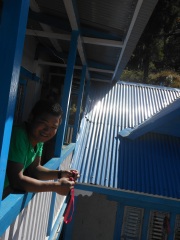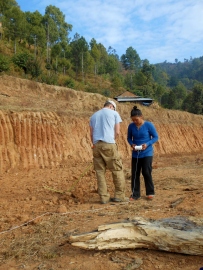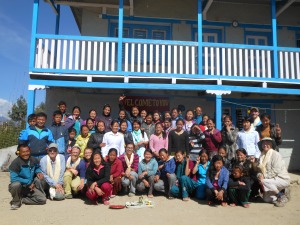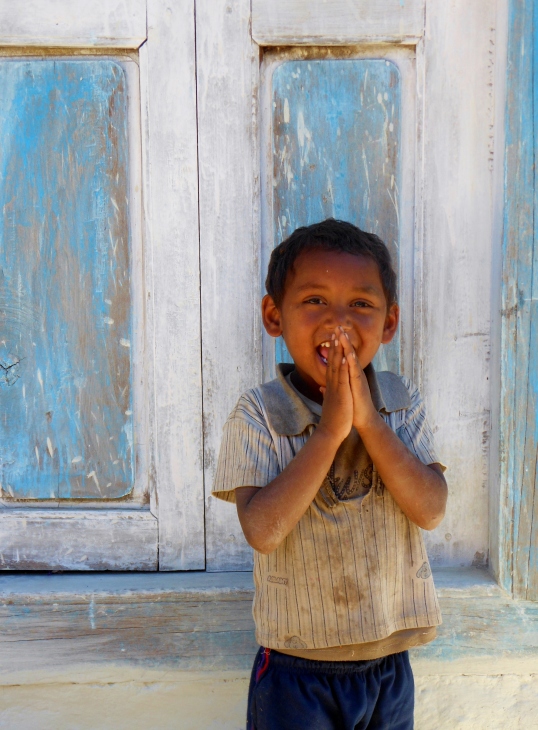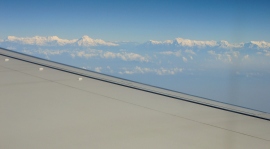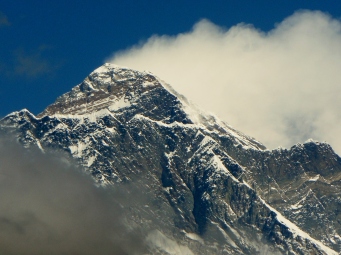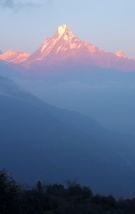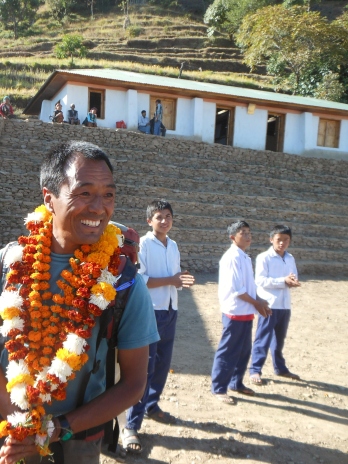Utraman Rai has got to be one of the bravest men that I have met. For the past year and a half, he and his wife have been living in a facility with 42 teenage girls between the ages of 15 and 18. No matter where you are in the world, teenage girls are teenage girls, and that can be a lot of emotions to handle. I don’t know many people that would willingly take on that role. But he does it with a wide, genuine smile – knowing that he is helping to make a profound difference in these girls’ lives.
Built near Salleri in the lower region of the Solukhumbu district in Nepal, this girls hostel is one of the first of its kind in the country. Edge of Seven partnered with The Small World to introduce the project to the local Nepali population in early 2010. After a couple volunteer groups helped with the construction of the 3 campus buildings, it was completed in March 2011. But these buildings are so much more than mere shelter for the girls; they are an opportunity for education, growth and a chance to help their families.
In Nepal, as is the case in many developing countries, girls often are not able to receive an education. This happens for a wide variety of reasons, but largely because females are given a majority of the household responsibilities and big portion of agriculture work while they’re undervalued as contributing members of the community and given less priority than sons and males. Rural communities in the Solukhumbu, specifically, are spread out over the mountainous terrain and often require supplies, such as water, to be transported for hours everyday. Women and girls pick up a lot of this burden and, in turn, are not afforded the time or resources to attend school. Additionally, the closest school can still be days away and the cost of living away from home can be a deal breaker. This is where the hostel comes in.
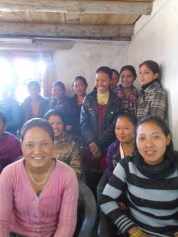
Some of the girls that live in the hostel.
The Salleri hostel is set up to house 42 exceptionally driven girls—those committed to the education, expanding their opportunities and returning to help their communities, but that come from families that could not financially afford to send them away. Those selected girls not only get the chance to go to college, but they get free housing and a supportive community that helps with supplies and meals. In the first year alone, TSW received approximately 100 applications, having to turn away over half of those that were interested. What an amazing success! These girls are from all over the area—anywhere between three hours and three days walking from the hostel. The majority of the them are now studying in one of three fields: education, business and science.
When I spoke with Utraman, I was so curious to hear what his experience was like. I honestly expected him to be exhausted and overwhelmed. He wasn’t. It was so easy to see why he was chosen for the position; his excitement to help and play an important role for these girls was obvious. It was also easy to see why that excitement was there—these girls were so motivated and eager to take advantage of this opportunity. There is no way to live in a place like the Salleri’s girls hostel and not have a smile on your face
.
